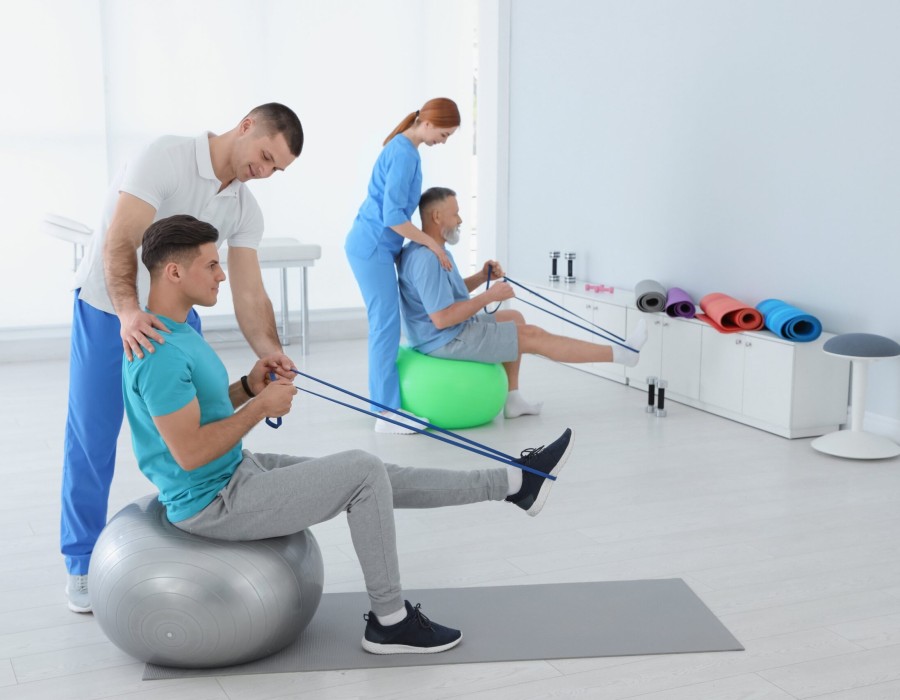Whether you’re a weekend warrior hitting the gym or a serious athlete training for competitions, your body takes a beating. Muscles get sore, joints feel stiff, and recovery can sometimes take longer than you want. That’s where massage therapy comes into play. It’s not just a luxury, it’s a powerful tool for recovery, performance, and overall wellness.
Why Recovery Matters
After intense exercise, muscles experience microscopic tears. That’s normal, it’s how strength and endurance grow. But without proper care, soreness can linger, performance can dip, and injuries can sneak in. Recovery isn’t just rest; it’s about actively helping your body repair itself faster. Massage therapy helps you do exactly that.
Boosting Circulation and Reducing Soreness
One of the biggest ways massage supports recovery is by improving blood flow. Increased circulation delivers oxygen and nutrients to muscles, which speeds up the repair process. It also helps remove metabolic waste products, like lactic acid, that can build up after intense workouts.
Many athletes notice reduced soreness after just one session. Regular massage sessions can prevent stiffness, enhance flexibility, and improve range of motion, making it easier to train consistently without setbacks.
Preventing Injuries
Massage therapy isn’t just about easing pain after the fact. It can actually help prevent injuries. Tight muscles and connective tissue restrictions can throw off your biomechanics and put stress on joints. By keeping muscles pliable and tissues healthy, massage lowers your risk of strains, sprains, and overuse injuries.
For gym-goers or athletes who push their bodies hard, regular massage helps maintain balance between strength and mobility. It’s a proactive way to keep your body performing at its peak.
Supporting the Nervous System
Another underrated benefit of massage therapy is its effect on the nervous system. Exercise puts your body in a heightened state, activating stress hormones and increasing tension. Massage helps calm the nervous system, reduce stress, and promote relaxation. When your body is less tense, it heals more efficiently.
This means faster recovery between workouts, better sleep, and an overall sense of well-being — all critical factors for athletes and active individuals.
Enhancing Performance
It might sound surprising, but massage therapy can even boost performance. Improved flexibility and reduced muscle tension allow for smoother movement patterns, better joint function, and more powerful muscle contractions. Athletes often report feeling lighter, more agile, and quicker after consistent massage care.
Plus, the psychological benefits, reduced anxiety, improved focus, and mental clarity — can make a big difference in training and competition. Recovery isn’t just physical; it’s mental too.
Choosing the Right Provider
Not all massage experiences are the same. For active individuals, working with trained professionals is key. The best medical group near you can provide targeted techniques like deep tissue massage, sports massage, or trigger point therapy. These methods focus on the areas that matter most to athletes, sore muscles, tight fascia, and stressed joints.
A skilled therapist will tailor sessions to your activity level, training goals, and recovery needs. They can combine massage with other supportive therapies, like stretching, mobility work, or chiropractic care, to create a comprehensive recovery plan.
Timing Your Massage
When you schedule massage sessions matters. Post-workout massages help flush out metabolic waste and reduce soreness. Pre-workout sessions can prepare muscles for activity, improving circulation and flexibility.
Many athletes find a combination works best: lighter massages before intense training and deeper sessions afterward. This approach helps optimize both performance and recovery.
Long-Term Benefits
Regular massage therapy goes beyond immediate relief. Over time, it can improve muscle health, joint function, and posture. It can also decrease the likelihood of chronic pain or overuse injuries.
For people who stay active regularly, this means fewer interruptions in training, less time dealing with aches and pains, and more consistency in reaching fitness goals.
Integrating Massage Into Your Routine
Massage therapy is most effective when it’s part of a bigger recovery strategy. Pair it with hydration, proper nutrition, sleep, and stretching for the best results. Active individuals often see a significant improvement in energy levels, endurance, and overall performance when massage is incorporated consistently.
Whether you lift weights, run, cycle, or play team sports, massage therapy helps your body bounce back faster, move more efficiently, and stay in top form.
Take the Next Step
If you want to see real gains and reduce downtime, consider scheduling a session with the best medical group near you. They can help assess your needs, design a recovery plan, and guide you in using massage therapy to complement your training. After all, consistent care leads to consistent results and less time on the sidelines.





Comments